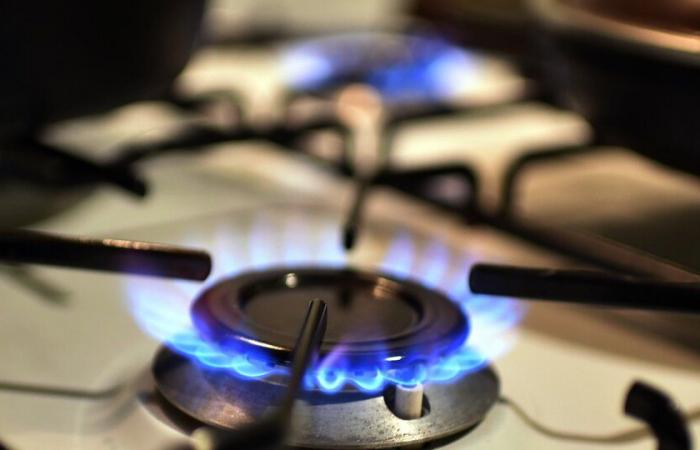The federal justice ordered the suspension of increases in gas rates in Tierra del Fuego for three months, after the collective protection presented by Governor Gustavo Melella together with various social sectors. The decision was made by federal judge Mariel Borruto, who, on the other hand, rejected the request for refund or compensation of the excess fees paid until a final ruling is issued. The main basis of the ruling is that “the new rates do not comply with the principles of predictability, proportionality and graduality established in laws 24,240 and 24,076.” Fuegian consumers had faced rate increases of up to 1,000 percent.
Judge Borruto ordered the distribution company, Camuzzi Gas del Sur, to refrain from: requesting or pursuing the collection of the rates established in the suspended resolutions and cutting or suspending the gas supply due to non-payment of the invoices issued. under the new tariff tables.
The suspension would be maintained until the underlying issue is definitively resolved, that is, Governor Melella’s request to completely annul the resolutions that modified the tariff schedule.
The president expressed his satisfaction on social networks: “The suspension of resolutions 41/2024 and 122/2024 ensures that the new gas rate tables are not applied, easing the economic burden on our families,” he said. “This is a great step towards justice and the protection of our rights in these times of extreme temperatures that hit our province and the rest of the Patagonian region,” he added.
The province of Santa Cruz is also trying to stop the exorbitant increases in gas rates, so the precedent of Tierra del Fuego may acquire additional weight in this context.
Removal of subsidies
At the national level, increases in public service rates to reduce spending explained 12.8 percent of the fiscal adjustment applied by the Government in the first five months of the year, according to the Center for Argentine Political Economy (CEPA) based on to official data.
Another study center, the Tariffs and Subsidies Observatory of the Interdisciplinary Institute of Political Economy (IIEP), which depends on the UBA and Conicet, indicated that subsidies fell 34 percent in the annual accumulated during the first five months of the year.
The report showed that the main economic subsidies to the water, energy and transportation sectors had an accumulated annual growth of 157 percent in May and, therefore, their real variation showed a reduction of 34 percent in the period. Likewise, he revealed that the granting of subsidies by the national State “accumulated so far this year an execution of 70 percent with respect to the current credit for the main selected items.”
Currently, “the tariff coverage, estimated as the weighted average of the costs of public services in the AMBA at the expense of the user, is 40 percent in the month of June,” meaning that “the State is responsible for 60 percent.” remaining”.
The evolution of subsidies by sectors in the accumulated five months is as follows:
* Energy: they increased 165 percent accumulated annually, which implies a drop in real terms of 33 percent.
* Transportation: subsidies grew 138 percent annually; that is, 37 percent less in real terms.
* Argentine Airlines: transfers were zero so far this year.
* AySA: earned only 75 million pesos compared to 9,723 million in the same previous period.
* Enarsa: transfers increased 64 percent cumulatively, 57 percent less in real terms.
* Cammesa: transfers increased 290 percent, with a drop of 4 percent in real terms.
* Gas.Ar Plan: transfers were reduced by 66 percent accumulated annually, 90 percent in real terms.
With this scenario, the IIEP stated that “in the first five months of 2024, nominal subsidies totaled 3.1 trillion pesos while in constant currency in May they were 3.3 trillion, with a real reduction of 34 percent compared to “same previous period”. Likewise, he explained that “this variation is mainly explained by lower real transfers to Enarsa, which explain 22 percentage points of the 34 total reductions.”


